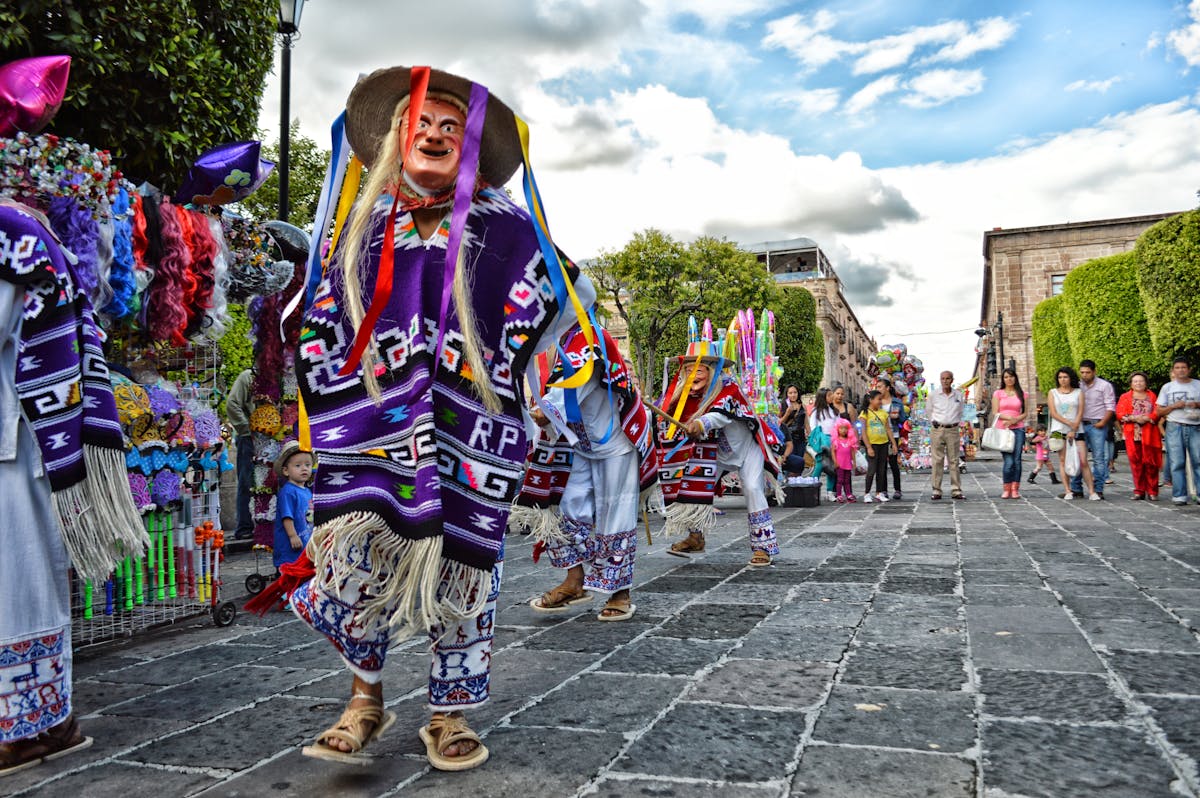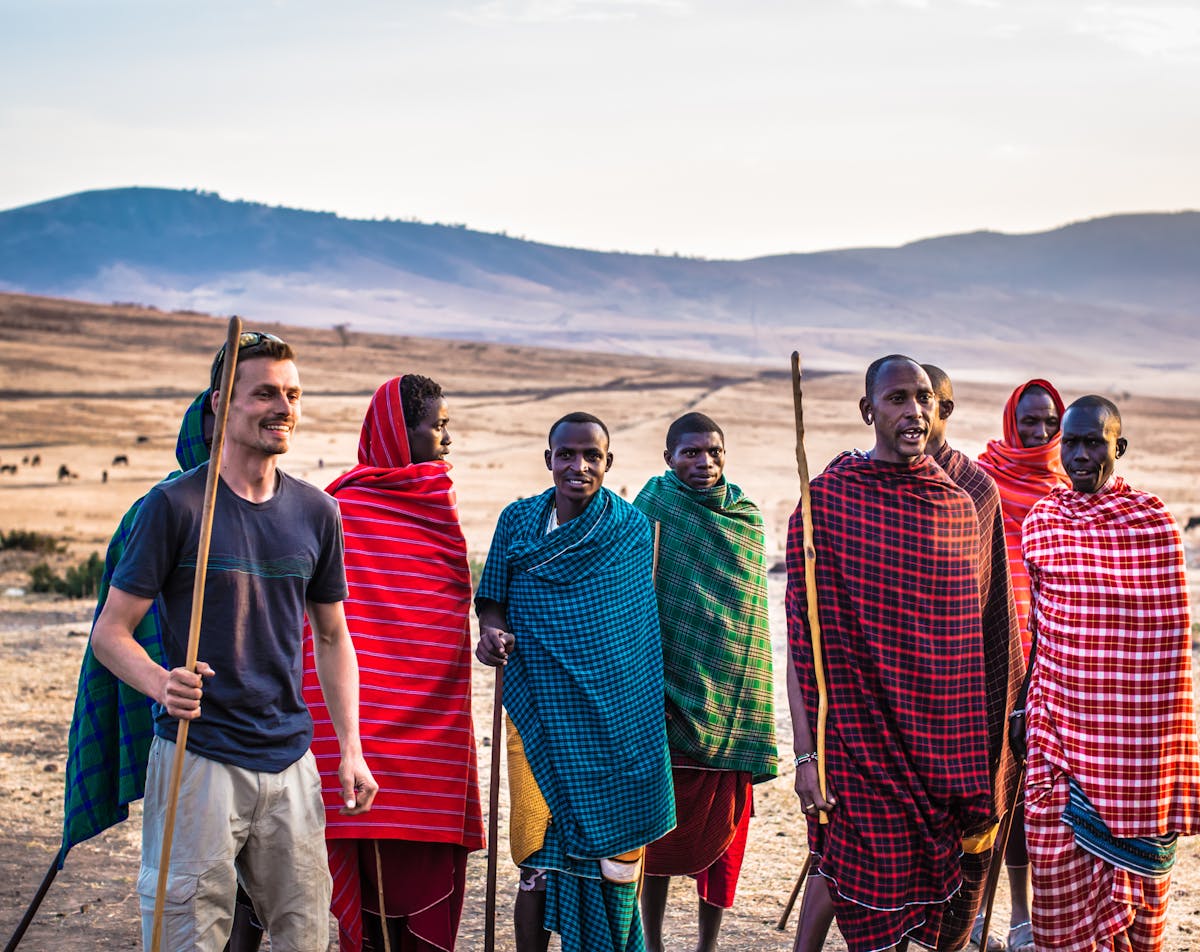There’s a rhythm to a place that doesn’t show up in guidebooks.It hums in the alleyways behind neon-lit markets, whispers in the way a local nod over morning tea, and beats steadily in the cadence of a language you don’t yet understand. If you’ve ever stepped off a plane and felt like the world you entered was still wrapped in cellophane—packaged, predictable, polite—it’s time to unpack a different approach to travel: cultural immersion.
The truth is that most tourist experiences are curated to appear authentic—filtered, polished, and performance-ready. But is there a real connection? That takes a bit of discomfort, a lot of curiosity, and a willingness to let go of control. Let’s dive into what it really means to skip the brochure and step into the heartbeat of a place.
Let the Language Break You (A Little)
You don’t need to become fluent. You do need to try.
Ordering coffee in Arabic. Asking for directions in Hindi. Mispronouncing everything in Korean and laughing about it with the shopkeeper. These are not just gestures of politeness—they are the cracks where connection seeps through.
Language is more than words; it’s worldview. When you engage in it, even imperfectly, you’re stepping into someone else’s frame of reference. You’re learning, subtly, how they name time, express gratitude, or soften disagreements. And if you’re nervous? That’s good. Growth usually waits right on the edge of awkwardness.
Stay Where Stories Are Told
Skip the international hotel chain. You don’t need a pillow menu or a rooftop gym to understand a place. Look instead for family-run guesthouses, village homestays, or long-term Airbnb in residential neighborhoods if you can; stay somewhere that lets you hear the daily pulse: kids heading off to school, mothers shouting down from balconies, a grandfather sweeping the porch.
You’ll start to notice the patterns—the morning markets, the communal dinners, the quiet at dusk—and before long, you’ll stop feeling like a visitor watching through the glass. Instead, you’ll become part of the scenery. Not because you’re pretending to be local but because you’re choosing to listen instead of just look.
Say Yes to Small Invitations
This is the golden rule of cultural immersion: accept the unexpected.
A taxi driver invites you for tea at his cousin’s bakery? Go.
You stumble upon a neighborhood wedding, and someone hands you a plate of food. Stay. A street vendor wants to show you how she folds her dumplings. Watch, then try.
These moments are unscripted and unrepeatable. They’re also where magic lives. Not because they’re flashy but because they’re intimate. You’re not observing culture; you’re participating in it. Sure, it’s messier. And yes, it’s a little uncomfortable not knowing what’s going on. But that’s the price of authenticity: you give up control in exchange for meaning.
Eat What Locals Eat, When They Eat It
Skip the English menu. In fact, skip the menu altogether if someone’s cooking on a sidewalk grill. Food is an open invitation to culture, history, family, and geography. You learn more from a hand-rolled chapati or a steaming bowl of pho than you ever could from a museum label.
Eat at odd hours. Join the midnight ramen crowd. Sit in silence as an old woman prepares mole in Oaxaca and watch the generations at her fingertips. Eat slowly. Ask questions. And whatever you do, don’t just Instagram it. Eat it. Experience it. Let it change your palate.
Pack Light, Store Smart
One practical tip that often gets overlooked in immersive travel is to be nimble. If you’re planning to spend your day moving through backstreets, tucked-away temples, or hopping from one underground gallery to a hidden jazz bar, you won’t want to lug a suitcase with you.
Use luggage storage facilities—especially on travel days. Many major cities have secure, app-based options near stations or hubs. Drop your bags, keep your essentials, and walk freely. Nothing kills spontaneity like dragging a roller bag over cobblestones.
Being light on your feet makes it easier to accept invitations, wander through unfamiliar neighborhoods, and stay longer when something interesting happens. And when you travel this way, interesting things always happen.
Learn the Layers, Not the Labels
Culture isn’t just “how people do things.” It’s how people feel about how they do things. Take time to understand the context. Why do people take off their shoes before entering homes in Japan? Why is tea such a ceremonial affair in Morocco? Why is silence so respected in Finnish conversation?
These aren’t just habits. They’re windows into how people think, how they relate to the world, and what they value. When you start seeing culture not as performance but as perspective, you begin to understand people—not just places.
Don’t Just Document—Reflect
It’s tempting to capture everything, especially when it feels unfamiliar and visually striking. But cultural immersion requires presence, not just proof.
Put down the phone for a while. Take in the smells, the background sounds, and the temperature in the air. Later, write about it. Not for likes—but for memory. The act of reflecting—not recording—cements the experience in your body and mind.
Ask yourself: What surprised me today? What made me uncomfortable? What made me feel something I didn’t expect? This is where travel transforms from movement to meaning.
When in Doubt, Be Humble
You are the outsider. No matter how long you stay, how many phrases you learn, or how local your wardrobe becomes, remember: you are a guest in someone else’s story.
Lead with respect. Ask more questions than you answer. Let people teach you. Say thank you often and sincerely. And when you mess up (you will), apologize with grace. Humility doesn’t lessen your experience—it deepens it.
The Road Less Instagrammed
Cultural immersion is not a travel hack. It won’t earn you influencer deals or perfect photos. But it will change how you see the world—and how the world sees you. It’s quieter, slower, and far more rewarding than any souvenir you could bring home.
So next time you travel, resist the urge to see it all. Instead, choose to feel one place fully. Lose the map. Keep your eyes open.
And let the unfamiliar become unforgettable.

